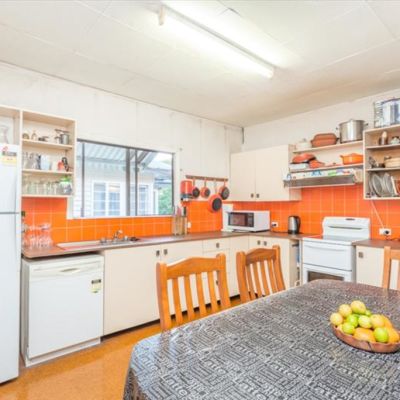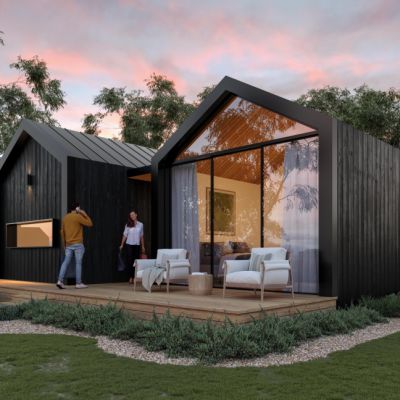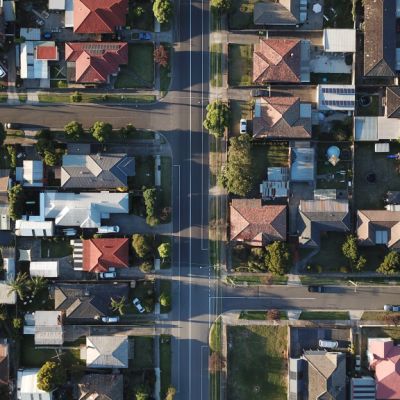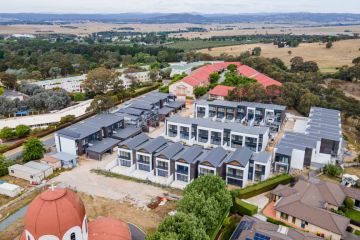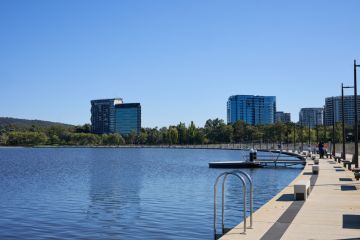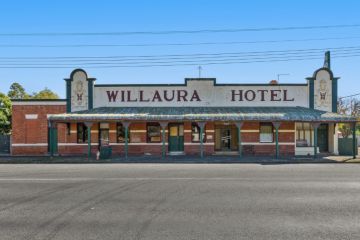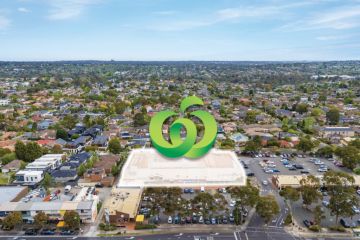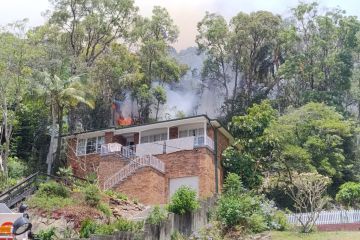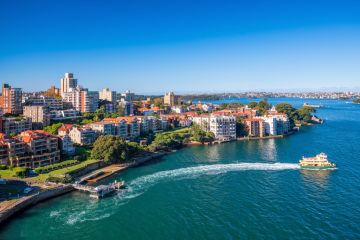How to make your home more comfortable and add $23,000 to its value
Australian home buyers are placing a premium on energy-efficient homes and houses with solar panels fitted, and new modelling shows environmentally friendly features can add tens of thousands of dollars to the value of a home.
Cotality’s Watt’s it Worth report found that solar panels can add 2.7 per cent, or about $23,000, to a home’s value, nationally. It found adding one star to a home’s Nationwide House Energy Rating Scheme (NatHERS) rating could lift values 1.3 per cent, or $10,560.
Cotality Australia senior director of banking and finance Tom Coad said the value uplift was similar to the cost to home owners to fit a solar system or to improve their home’s NatHERS rating by making minor changes.
“For both the solar power system and energy efficiency, it does create a premium. It does factor into the decision to upgrade or change your home,” he said. “The $20,000 goes a long way or covers the installation.
“[Home owners might think], ‘It kind of doesn’t stack up if someone gets the benefit [of the upgrades] I paid for.’ But it’s a win-win. You either get the benefit by staying in the property or getting the sales price uplift.”
Among the capitals, solar panels added the most money to a home’s value in Hobart, at $30,459. It was followed by Brisbane at $30,219 and Melbourne at $24,369. Solar panels in Sydney added $19,179 and Perth $14,939.
Homes in regional areas almost always benefited more from adding solar panels; the biggest uplift in the country was recorded in regional Northern Territory at 6.9 per cent or $31,350.
Cotality modelled the findings by using a special model of its home values index, which it applied to data provided by Geoscape Australia and CSIRO to infer the presence of solar panels and the level of energy efficiency, respectively.
Coad said it was possible homes in regional areas and smaller capitals got the most benefit from adding solar or other efficiency features because of their cheaper price points, which could make the cost-saving and comfort-adding features more of a luxury, comparatively.
“It’s definitely one of the factors. But for this particular report, we haven’t been able to determine exactly what was driving that,” he said.

Domain head of research and economics Dr Nicola Powell said Cotality’s findings echoed what the listings site had discovered in its 2025 Sustainability in Property report.
“It’s similar to what we found,” she said. “And because regional areas are a bit more affordable, then buyers may have the budget to pay more for solar if it’s available.”
Domain found houses could attract a price premium of $118,000 if they had energy efficiency features, which included solar, mentioned in its listing. It did not differentiate based on NatHERS ratings or specific features.
Powell said the premium paid for solar might decrease in future as uptake increased.
“Over time, solar panels are becoming a more common occurrence, and it’s much easier to add solar without much of a cost,” she said. “We found that 38 per cent of houses have solar panels, and they’re a volume driver because they’re so easy to add in.”
PRD Real Estate and the Queensland University of Technology in 2018 found that homes with sustainable features attracted a premium of about 10 per cent. A 2020 review of Australian and international studies by the University of Wollongong found there was typically a premium of 5 to 10 per cent for energy-efficient homes, but the gap could run as high as 27 per cent.
Cotality also found that one suburb in Australia had near-total solar panel cover. In Western Sydney’s Bungarribee, a small suburb near Blacktown, 96 per cent of homes have solar panels fitted. It was followed by Stake Hill (78 per cent) and New Beith (73.6 per cent), both semi-rural suburbs in greater Perth and Brisbane, respectively.
Remax Xtra principal Morris Short, who sold in Bungarribee, said the locality was established about 15 years ago, and each block had a covenant on its title which prescribed minimum standards for the homes in the suburb. Solar was a non-negotiable for home builders there.
“Some of the covenants were that they all had to have water tanks, and they all had to have solar,” he said. “Every house that was built on a corner had to be two stories … just so they would have a high standard of build.”

The standards had led to a strong reputation for the suburb; the tightly held locale was popular among buyers, Short said.
“It’s had an enormous effect because Bungarribee has a community battery in it as well,” he said. “As a suburb, it outperforms everything around it [in price] by miles. And people want to live there because it is such a peaceful, quiet and well-organised community.”
We recommend
States
Capital Cities
Capital Cities - Rentals
Popular Areas
Allhomes
More
- © 2025, CoStar Group Inc.
